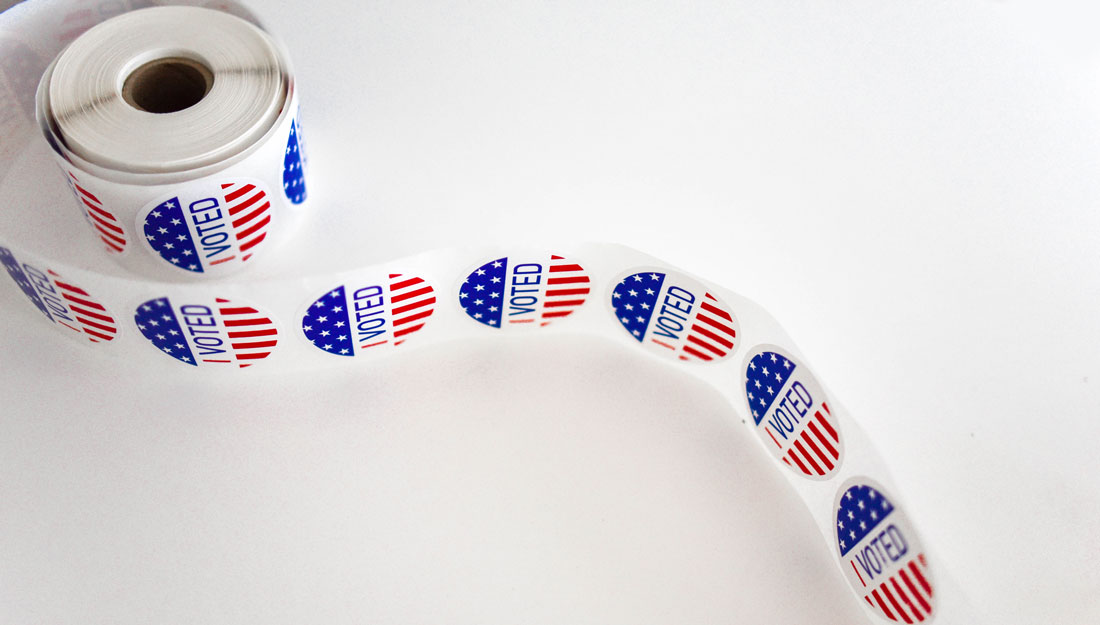6 Important facts about choosing a sunscreen
Summer is far from over—which means more sun exposure for the majority of us. But before you start working on your tan, keep in mind that the sun can cause skin damage in as little as 15 minutes. With skin cancer being the most common form of cancer in the United States, it’s important to apply, apply and reapply your sunscreen.
“Sun exposure can also cause discolored blemishes or lesions that can become cancerous, instigate allergic reactions to medications, accelerate the aging process and even increase the risk of developing cataracts,” says Elaine B. Chow, Pharm. D., assistant professor at the Texas A&M Health Science Center Irma Lerma Rangel College of Pharmacy, who works with patients and students to help them understand which sun protection products to use under different circumstances.
So you can enjoy the remainder of your summer—and have healthy skin for life—Chow offers a few tips on how to choose and use the best sunscreen products for you:
1. How to read the label
When looking for a sunscreen keep an eye out for products with “broad-spectrum” on their label. The sun emits two kinds of UV radiation—both of which can be harmful—UVA and UVB. “A broad-spectrum sunscreen is formulated to protect your skin from both,” says Chow.
2. Which SPF to select
Not all sunscreens afford proportional protection. With SPFs ranging from 5 to100, it can be tricky discerning how much protection each value allows. According to Chow, a higher SPF doesn’t mean double the protection. For example, SPF 15 can block 93% of UVB radiation, SPF 30 will block 97%, but SPF 60 will only block 98%.
While higher SPFs will offer more protection, they won’t offer much more protection than SPF 30.
Chow suggests people with darker complexions use an SPF of at least 15, while fairer skinned people should use SPF 30 at minimum. In general, try to select SPF 15 or higher because SPFs lower than 15 will provide significantly less protection.
3. How often to apply
Sunscreen doesn’t last all day, so it’s important to apply and reapply your protection. How often you should reapply depends on the formulation of the product you use. Check the label and follow the application instructions as the product recommends. If there are no directions listed, the general rule is to apply your sunscreen every two hours.
4. What kind of product to use
If you want a quick, easy method of application, use a spray sunscreen but be aware that you will have to apply it more often. For people with already dry skin, a lotion might be a better option.
Summer fun usually includes spending long afternoons in or by water—remember to reapply your sunscreen and try to select a “water resistant” product. No products are completely “sweat-proof” or “water-proof,” so even with more resistant products, reapplication is necessary. Check the label for instructions on when to reapply.
5. Ingredients to avoid if you have sensitive skin
If you have sensitive skin or skin allergies, finding products that don’t irritate you can be difficult. Use sunscreen designed for children or specifically for people with sensitive skin. “Choose the sunscreens with ingredients like titanium dioxide or zinc oxide, which are less likely to irritate the skin,” suggests Chow.
If your skin is sensitive, try to avoid products with these potentially irritating ingredients:
- para-aminobenzoic acid (PABA)
- dioxybenzone
- oxybenzone
- sulisobenzone
6. What to do if you get sunburned
Despite our best efforts, sunburns can still happen. If you develop a burn it’s important to treat it immediately so it won’t worsen. Avoid the sun and apply aloe to alleviate the burn. After the first 24-48 hours, use skin protectants, such as cocoa butter or Vaseline petroleum jelly to keep clothes from irritating the burn. Wear light, loose clothing to avoid discomfort. Consider taking anti-inflammatory medication, such as aspirin, ibuprofen or acetaminophen, to minimize your pain.
For more advice and information on sun safety, please visit the Center for Disease Control and Prevention’s website.
Media contact: media@tamu.edu

